Image

The fulmar comes from the tubenosed family of seabirds, which also include petrels, albatrosses and shearwaters. Their nasal passages (naricorns) are located on top of their bill and used for breathing, secreting salt and for the olfactory system. Their genus name Fulmarus comes from the Old Norse words full meaning foul, and mar meaning gull. The name foul-gull is correlated to the foul smelling oil they produce and vomit out on avian predators to matt their feathers and disable them from flying and also as a rich energy food source to sustain juveniles and adults during long migrations.
| Average Length: | 48 cm |
| Average Weight: | 880 g Males, 730 g Females |
| Wingspan: | 107 cm |
| Diet: | Fish, crustaceans, squid, offal, carrion |
| Est. population around Iceland: | ~ 1 – 2 000 000 pairs |
| Residence Period: | All year round |
| Nesting habitat: | Cliffs and rocky Islands |
| Nesting Period: | Early May to Mid July |
| Clutch size (No eggs): | 1 |
| Incubation time (days): | 52-53 |
| Fledging time: | 46-51 |
| Typical life span (years): | 44 |
| Age at first breeding (years): | 9 |
| IUCN world Status: | Least concern |
| Major Threats: | Climate change, over fishing, entanglement in long line fishing gear, predation, pollution, egg collecting |
| Other Names: | Fýll, Mallemuk, Myrskylintu, Eissturmvogel, Fulmaro, Noordsestormvogel, Pétrel fulmar, Sirhályhojsza, Havhest, Fulmar-glacial, Stormfågel |




